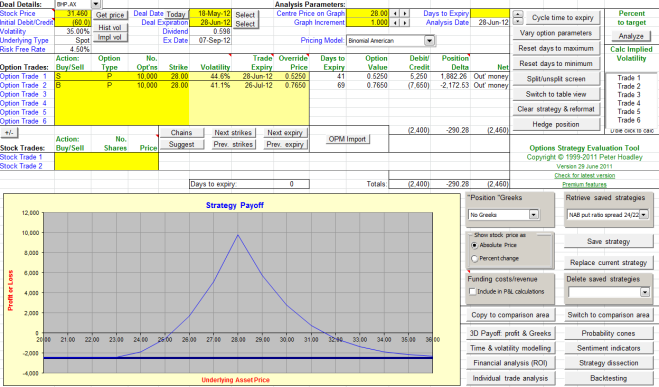Introduction
If in 1900 you bought an ounce of gold for USD21, you would have made 75 times your money. That’s a return of 4% pa, or approximately the same as inflation over the same period (i.e. terrible). By comparison the All Ordinaries total return was approx 13.3%pa. This occurred despite the period containing many negative events – several wars, the great depression, the 2008 financial crisis etc.
My point is that gold, being absolutely the safest asset around (having thousands of years history of holding value) has a very low expected return in the absence of a severe economic crisis. However, if such a crisis occurs, it is invaluable (ask anyone who has lived through the many hyperinflations of the last 113 years).
The Economic Crisis of 2008 and the aftermath
A result of the economic crisis is that major too big to fail banks (i.e. the large US and European banks) are effectively insolvent and can only limp along with the benefit of actions taken by governments. The effect of ZIRP and QE is that asset prices are inflated which masks the impairment of the bank’s assets. While interest rates remain at near zero banks can gain a healthy profit borrowing at low levels and buying bonds which have continued to increase in price. The chart below shows the US 10 year bond yield. Lower yields = higher price.

The US federal reserve targets bond rates through QE. The purpose is to inflate bond prices, generating profits for banks and underpinning their ability to operate. In addition low interest rates supports price of risky assets (eg residential real estate and stocks) which makes people feel wealthier and more likely to spend. The chart below shows the S&P since 2008.

Clearly, its working. However, in the medium to long term the risk is that people question the value of the US dollar with all this money being printed. The key barometer of this risk is the price of gold. The chart below shows the price of gold since 2008.

Put simply, its vital that public perception of gold be kept at low levels. If gold is exploding then it is a sign that the US dollar is failing. In that circumstances the bond market, and the stock market, will fall. The gig is up. So far, the government are doing a great job through a number of means, one being manipulation of information. I will post at a later time more comprehensively, but suffice to say that the mainstream media is relentlessly negative on gold. So much so was that in a recent seminar of high net worth US investors, all but one raised their hand when asked “is gold in a bubble?”.
Conclusion
Those interested the markets typically pay attention to stock prices. However I would argue bond prices and gold prices are of equal or greater importance. It is vital for the future of the economic system that gold prices do not rise at a parabolic rate nor do they rise in a way where there is excessive levels of public participation. Either occurance brings into question the value of the US dollar and the ability of the US to continue its low interest rate policy.








